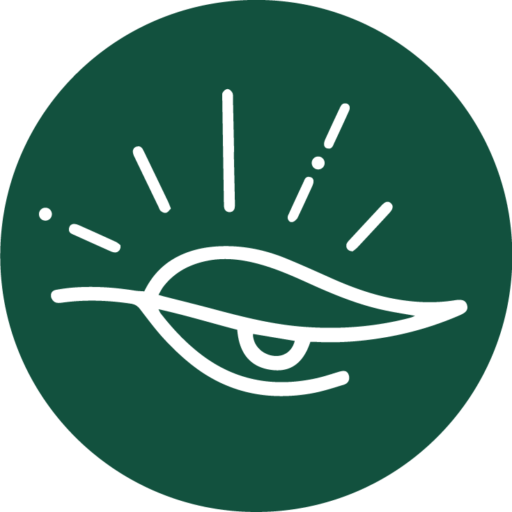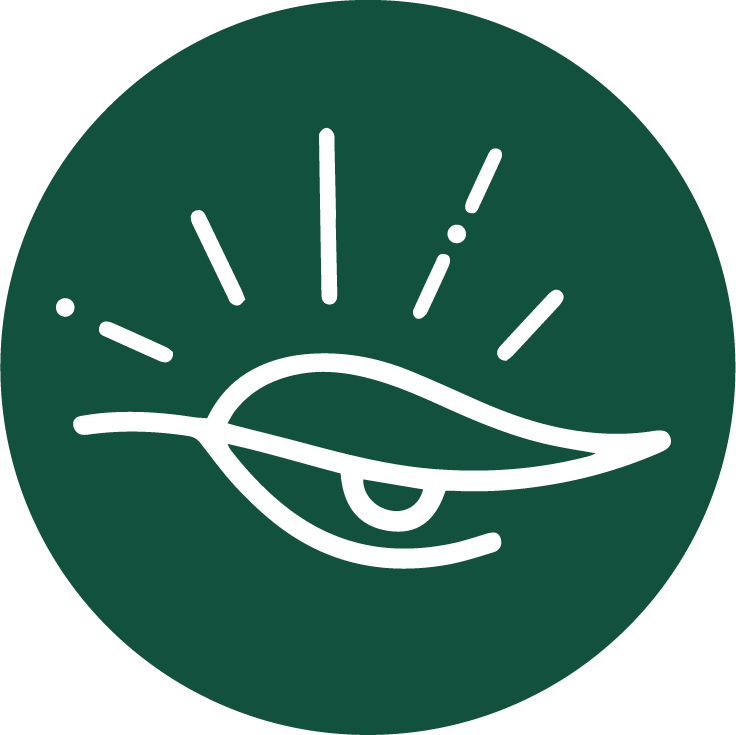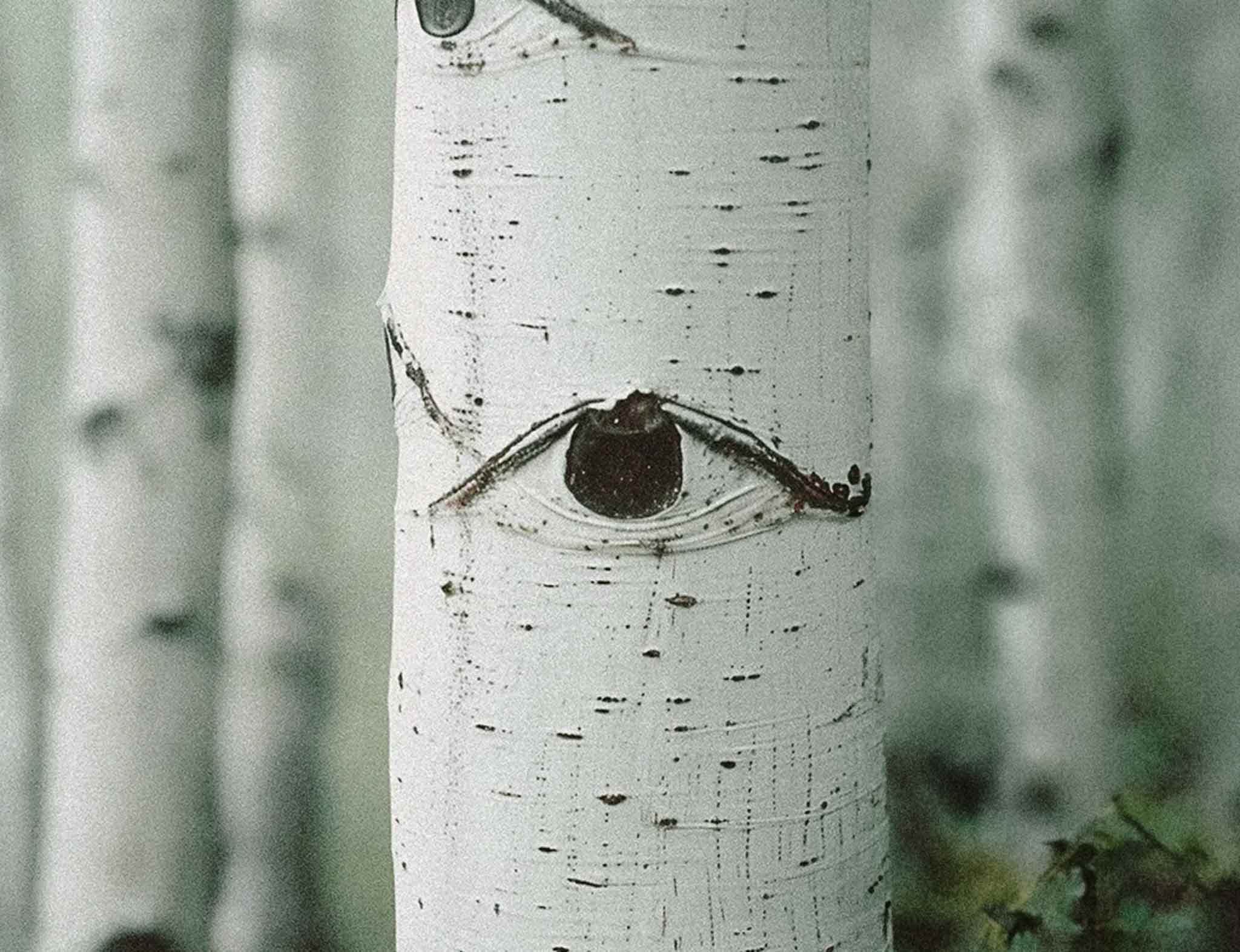
Merriam-Webster defines cobwebs as “tangles of the silken threads of a spiderweb usually covered with accumulated dirt and dust.”
Ever since I can remember, even as a 4-year-old growing up in Bombay in the 1980s, the hallmark of a modern, clean house was one that was free of cobwebs. I saw my mother’s face scrunch up in sweat and annoyance each month as she used her dried-grass broom mop to clear the gossamer greyish snarls. That monthly ritual taught me what no housekeeping manual ever could: spiderwebs were disgusting and had to be destroyed with a vengeance.
Whenever we had guests over, mom would trust the house help to scrub and mop the floors. But she took it upon herself to clear away the cobwebs from the ceiling fans, window railing and panes, and bookshelves and crockery cabinets. No one could match her meticulous standards. Clearing cobwebs and active spiderwebs often sent the spiders scurrying across the walls or behind cupboards. Some got squished under the mop; others we squashed under our house slippers or a newspaper. Still, a few others escaped our determined thwacks.
It wasn’t just spiders. Cockroaches had to be killed too, albeit with a little more drama. Spotting one scurry under the sink, in the bathroom or balcony, or under the bed marked the opening scene of an epic battle. We would shout for dad (usually) or mom (less frequently), my index finger pointed towards the object of terror: “There, it’s hiding there!” It would galvanize dad to grab whatever was handy—a broom, newspaper, or repellent spray—to defend us from the brown fiends.
Our fear extended to lizards, bugs, bees, and other flighty things. I have lost count of how many creatures we have disposed of over the lifetimes of my parents, my grandparents, and my own four decades on Earth. When I moved out of home for work and eventually marriage, I carried these Extermination Principles with me. Cobwebs had to be cleared, lizards had to be driven away, and ants had to be squished.
Where did the term creepy-crawlie come from?
“The word “creepy” comes from the word “creep” and the suffix “-y.” First used in 1794 to mean “characterized by creeping,” the earliest known use of the adjective creepy-crawly can be seen in the 1850s. Oxford English Dictionary’s earliest evidence for creepy-crawly is from 1858, in the writings of novelist Charlotte Yonge.
We never gave a thought to why we did what we did—killing them, I mean. We simply mirrored what we saw: our parents, neighbors, and teachers casually squishing or stamping insects. Adults reacted with disgust, so we reacted with fear. We learned to associate insects, bugs, and “creepy crawlies” with revulsion.
We didn’t think of squishing, stamping, or swatting as murder. Doing that would mean thinking of insects as living beings with the right to live. We saw them as objects. Our language reflected this: we referred to insects as “it” or “these” – shorthand for things—instead of they or them.
To us, a spider was an ugly, scary thing with eight legs. It represented danger and carried within its body the potential to hurt us. That belief was implicit and I am now beginning to understand just how powerful such beliefs can be.
Merriam-Webster defines cobwebs as “tangles of the silken threads of a spiderweb usually covered with accumulated dirt and dust.” There’s something poetic in that description. It’s suggestive of a delicate tapestry or patch of embroidery, something that we may want to run our hands over gently. The Natural History Museum describes the myriad spiderwebs spun by different species of spiders as intricate architectural marvels, each requiring precision, perseverance, and ingenuity. ‘…the classic, two-dimensional webs that look like bicycle wheels or dart boards’ are known as orb webs; sheet webs, ‘densely woven, thin, horizontal sheets look like silken hammocks adorning grass and low bushes’, tangle webs, ‘small, tangled meshes of cribellate silk, often building them over flower heads and under leaves’; and lace webs, ‘made of ‘woolly’ cribellate silk and the threads are more loosely spaced, looking more like lace than a silk sheet’. Lisa Hendry, Natural History Museum.
Architectural poiesis aside, popular culture still hasn’t embraced the wonder of the web. In movies, cobwebs signal spookiness and decay. Want to show a house abandoned for centuries? Cover it with cobwebs! Creepy camera angles and frightful atmospherics amplify the fear. These portrayals reinforce household narratives around spiders and bugs: these things are something to be feared and therefore, something to defend ourselves from. But our insect phobia didn’t emerge with Hollywood. It goes back to myth and scripture. The Bible contains 46 negative references to insects (e.g., “At his command came swarms of flies and maggots the whole land through,” Psalms 105:31) and only four positive mentions.
As an expressive arts and somatics practitioner, I know that our body has adapted to stress by going into states of fight, flight, or freeze in response to different triggers. Curious to understand if our aversion to insects has a basis in evolution, I began reading about the origins of fear and disgust. Turns out, these primal responses emerge from inherited traits from our ancestors, who learned over thousands of years to avoid creatures that could infect, paralyse or kill them.
That explains why we casually label millions of insect and arachnid species as pests. The word pest comes from the Latin pestis, meaning plague, a disease. This primal fear of pestilence shapes our language and attitude. We say “pest control” when referring to the eradication of insects in our homes. One pest control agency says, “If you see cobwebs everywhere in your home, you probably don’t have a cleaning problem, but a spider problem. While most spiders are typically harmless, you don’t want them invading your space.” (emphasis mine).
Why am I writing about spiders, bugs, and insects?
I have experienced a fundamental shift in my consciousness this year. This shift didn’t take place in a week or month but has been more than two years in the making. Perhaps, this shift has been unfolding since birth, but it has taken 40 years for my soul to recognize what it was overlooking.
During my 15-month sabbatical from my career in communications and brand strategy, I explored life on the peripheries of India. I traveled and lived in the towns and villages of my ancestors and spiritual places that called to my heart. From the mellow snowscapes of Dharamshala to the lush forests of Auroville, from the surreal landscapes of Leh and Ladakh, to the jungles of Kodaikanal, I spent time communing with nature.
In the midst of wilderness and from the edges of rivers, I began examining my inherited fears, especially toward insects and street animals.
I questioned the human-centered worldview that dictates what it means to thrive. I asked myself: who gets to belong?
I sat on grass, lay on forest floors, leaned against bamboo groves, perched on rocks, rested by sea shores, and listened. I listened to the sounds of nature. Birdsongs. Rustling leaves. Howling winds. Buzzing insects. The rhythmic call of a creature through the night. A cacophony of voices, intelligences, and nervous systems, each waking up to find food, find someone to mate with, provide for their offspring, and survive.
I learned to sit and just be. Sit to listen. Sit to understand. Sit to accept. To feel myself as part of the living world, this web of life. I was hoping to be included. And realized that I already was. I was part of all of this natural wonder, as nature was within me. I am nature myself, not separate.
There were days and days of so much awe and wonder being squeezed into my heart and body that I wasn’t sure I would be able to take in anymore. Again and again, my heart made space for more. More greenery, more beauty, more joy, more connection.
I realized that my fear towards insects and animals was learned. And what was learned could also be unlearned.
Now, when I see a lizard skedaddle across a wall, I don’t shriek or freeze. I let them be. They’re going on about their lives, looking for yummy treats (flies and spiders). When I see ants swarm around crumbs on the kitchen floor or form a line to carry a bug away, I give them a wide berth. You do you, ants.
For someone who was socialized to look at animals and all creatures as things to ignore or fear, to run from, to discard or swat, to spray to death, life has come full circle. What I now carry within me is nothing short of a miracle.
When spiders spin their webs in the corner of my room, I pause to admire their intricate handiwork (or is that legwork?). They don’t threaten me. The lizards, the ants, the spiders, the beetles, the bees and dragonflies that flit in and out of my windows throughout the day are busy living their lives, chasing sunlight, building homes, and playing hide-and-seek with each other. I am a casual observer.
I am not their prey. They are not my enemy. My nervous system can be at ease. When I now meet a street dog, cat, cow, crow, or parrot, I feel curiosity and tenderness, not fear. I feed the animals in the village where I am staying this season. I talk to them. I take care not to invade their space if they show reluctance to engage with me.
There are days when I sit with the ants and bugs and observe their activities. There are also times when I feel afraid of being bitten, and that’s okay. This uncertainty about where I stand in relation to them will get clearer with time. While I may feel like an alien among humans, my inner child is happy to have found belonging in the world of creatures.
At 65, my mom, who has now retired from city life to live with my dad in their ancestral village in the southernmost tip of India, is as meticulous as ever about house maintenance. This includes taking stock of all the cobwebs and spiderwebs plaguing her ceilings and scheduling a day each month for a ‘top to bottom’ ritual of cleaning up.
I haven’t invited her over to my new home, a rustic studio space in a village-town, 500 kilometres away. I know that she won’t take too kindly to the spiders, lizards, and beetles that now share my home. She asks over our weekly catch-up calls, “When will you invite us to your house, Niloo?”
My reply? “I already have guests at home, mom. Perhaps some other time.”
Words by Nilofar Haja
Nilofar Haja (she/her) is the founder of CloserTogether, an expressive arts and sound meditation practice based in India. She works with individuals and communities to help them navigate change through the healing arts.




